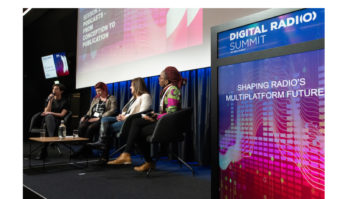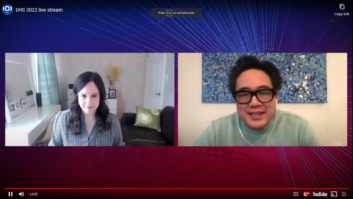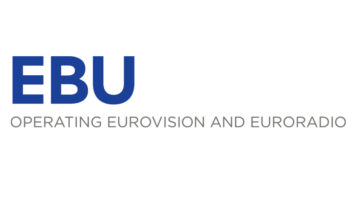Let’s take a look at the progress of DAB across Europe. The primary reference for this article is from the EBU, written by Ben Poor. As a broadcasting union, the organization does want to see broadcasting continue and even thrive, but that’s no reason to unduly charge them with news “spin.”
The year 2017 saw an increase in the number of available services: Figures from the EBU Media Intelligence Service’s Market Insights on Digital Radio 2018 show that the number of digital stations increased by almost 25 percent. Some 468 stations are only available via digital transmission. Most of these are commercial stations “indicating an increasing recognition by private broadcasters of digital radio as a cost-effective place to innovate and reach new audiences.”
“A recent EBU analysis of the distribution costs for covering national populations by FM, DAB+ and Broadband showed that digital broadcast using DAB+ was significantly more cost-effective than the alternatives – even when calculated conservatively,” the article goes on to say. Thus, as digital listening grows, so does the case for planning for DSOs in the various countries.
For Norway: “The predicted drop of daily reach as a result of the disruption turned out to be less than expected.” Bauer Media predicts by the end of 2018 total radio listening and commercial radio revenues in Norway will have increased, and public radio listening will have bounced back. “DSO is disruptive and terrifying but it’s going to have been successful for everyone,” according to Bauer.
Let’s interject another source here. As reported by radionytt.no, in a recent media survey, made by Respons, for Nordic Media Days, 57% of respondents are “negative” that FM was switched off and replaced with DAB. 27% of respondents expressed their positive attitude towards digitization, while 16% of respondents did not know. The survey also shows that many still have not acquired a DAB radio: about 28% of respondents respond that they do not have DAB; 33% have acquired such a radio; 37% have digital radios at home.
Switzerland –in recent years, Switzerland has significantly built out its digital coverage, ahead of a cut-off date for DSO by 2024. “However, thanks to a close collaboration between government, industry and broadcasters, it is expected that DAB+ will be the main distribution platform from 2020,” according to EBU. “…success factors have included ensuring new cars are line-fitted with DAB+ receivers, [and a] a public information campaign and a partnership between public and private broadcasters.” Another reason given is regional layer built out using ‘low-cost’ solutions based on the freely available DAB+ broadcasting tools from OpenDigitalRadio. This has enabled local services to support the move to digital, bringing audiences with them.
Denmark–Denmark has one of the lowest numbers of digital-only stations within countries usually considered as digital radio ‘leaders’, but a plan for a DSO has recently been floated.
“The plan proposes a shutdown of FM two years after digital listening exceeds 50 percent, or in 2021 at the latest. Current figures (2018) put this at 37 percent, up from 31 percent in 2015.” This has followed a full transition from DAB to DAB+ during 2017, and a reorganization of frequencies for existing transmitters. I should also note that this is just a plan—it isn’t written into the law.
United Kingdom—“Digital listening in the UK is huge, with big seasonal spikes in the sales of home receivers and nearly 90 percent of new cars being line-fitted with a digital receiver,” according to EBU. The number of digital-only stations is almost twice the number of its nearest rival, Switzerland, with around 110 stations.
“A long-awaited figure of 50 percent digital share of listening across all digital platforms is expected during 2018.” This should then meet government criteria defined in its July 2010 Digital Radio Action Plan, triggering a process to “consider a decision on whether to set a date for [DSO]”.
The BBC still accounts for around half of all digital listening time and is a key player in any decision on DSO. A widely misreportedspeech by the BBC’s Director of Radio and Music, Bob Shennan, at the recent Radiodays in Vienna struck an optimistic but cautious tone. Shennan said a DSO plan “should be “audience-led” and that currently “audiences are best served by a mixed economy” of digital broadcast, broadband and FM in a ‘hybrid’ model.”












